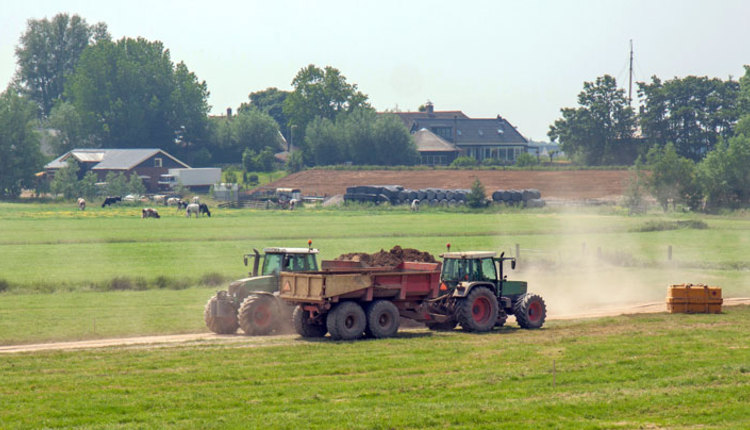
Over 40 years ago, I told a client not to put any fertilizer on his corn crop — zero — after a liberal application of poultry manure. Five months later, and after a record corn yield at the time, I was asked, “How did you know?”
Was it an educated guess? The truth is, I didn’t know then — but I do now.
Fast-forward 10 years from that event, and we were setting up manure “brokers” who would sell poultry manure to crop farmers at a profit. Manure brokering is standard business today around the country, but it took a lot of research and field trials to get there.
Value is whatever someone will pay for an item. The key is to prove the item’s worth. Here are some of the things I’ve done to validate manure’s advantages over the years.
Find the nutrient content
The most obvious way is to test manure for nitrogen (N), phosphorus (P), and potassium (K) so you can translate numbers to a crop farmer’s language — they know what fertilizer is worth. However, they may be skeptical of the nutrients’ availability. Nitrogen has its own challenges depending on how the manure was managed, but with new soil testing methods, we know much more N can be available than was previously estimated.
Phosphorus and potassium are another matter. I have done replicated plots looking at various rates of manure versus fertilizer compared to no nutrients and timing of application. These were accompanied by soil testing in four periods: fall before applications, early spring after applications, early summer in growing corn, and then fall after harvest.
What I discovered was astounding. Manure nutrients showed very significant availability in the growing season, which then tapered off after harvest. This “bump” was not observed from fertilizer.
It makes logical sense. Manure nutrients are sequestered in an organic matrix. As the soil warms up, the microbes do their thing by decomposing organic matter and releasing nutrients. This is analogous to a chelated fertilizer.
I will go on record saying manure nutrients are more available than fertilizer. That should add to the value calculation. Because of this sequestering action, there are also environmental benefits, which will be the subject of another article.
Additional elements
There are many important secondary and trace elements in manure, such as calcium, magnesium, sulfur, zinc, and iron. Manure is derived from grain (feed), and grain is a seed. I consider seeds as food packages for seedlings until their roots are established. As a consequence, most, if not all, nutrients important to plant growth would be contained in manure — and perhaps a few we don’t recognize as being that important. Just like N, P, and K, these other nutrients can be monetized. It’s a fact that some soils may already provide some of these nutrients, so claiming their full value may be site specific.
Anyone who farms in this century knows how valuable organic matter is in the soil. This is perhaps manure’s greatest asset. It provides food for earthworms and microbes, lowers soil bulk density, increases water holding capacity and aggregate stability, and enhances beneficial microbial diversity. It is invaluable — and yet a challenge to assign a dollar value. Though we may have difficulty charging for organic matter, it certainly adds significant value.
Unprocessed poultry manure and other solid manures, like from beef feedlots in drier climates, can be an easy sell. The higher the water content, the more diluted the nutrients become on an equal weight basis.
Though the nutrient value remains true, the expenses of more specialized handling equipment and additional transportation costs will debit the total value. Various treatments can partition water from most nutrients, and there are circumstances where the water itself can have real value when irrigated on a growing crop at critical times.
Worth the work
Raw manure has “baggage,” but crop farmers with sharp pencils overcome that. My rule of thumb is that resistance to use manure comes when it is priced above 50% the equivalent price of chemical fertilizer nutrients. Further processing of manure lightens the load, but those expenses must be added to the selling price to be justified.
What I know for sure is that manure improves crop yields over an equivalent of chemical fertilizer. The net result is manure’s true value.
This article appeared in the February 2021 issue of Journal of Nutrient Management on page 26.
Not a subscriber? Click to get the print magazine.









